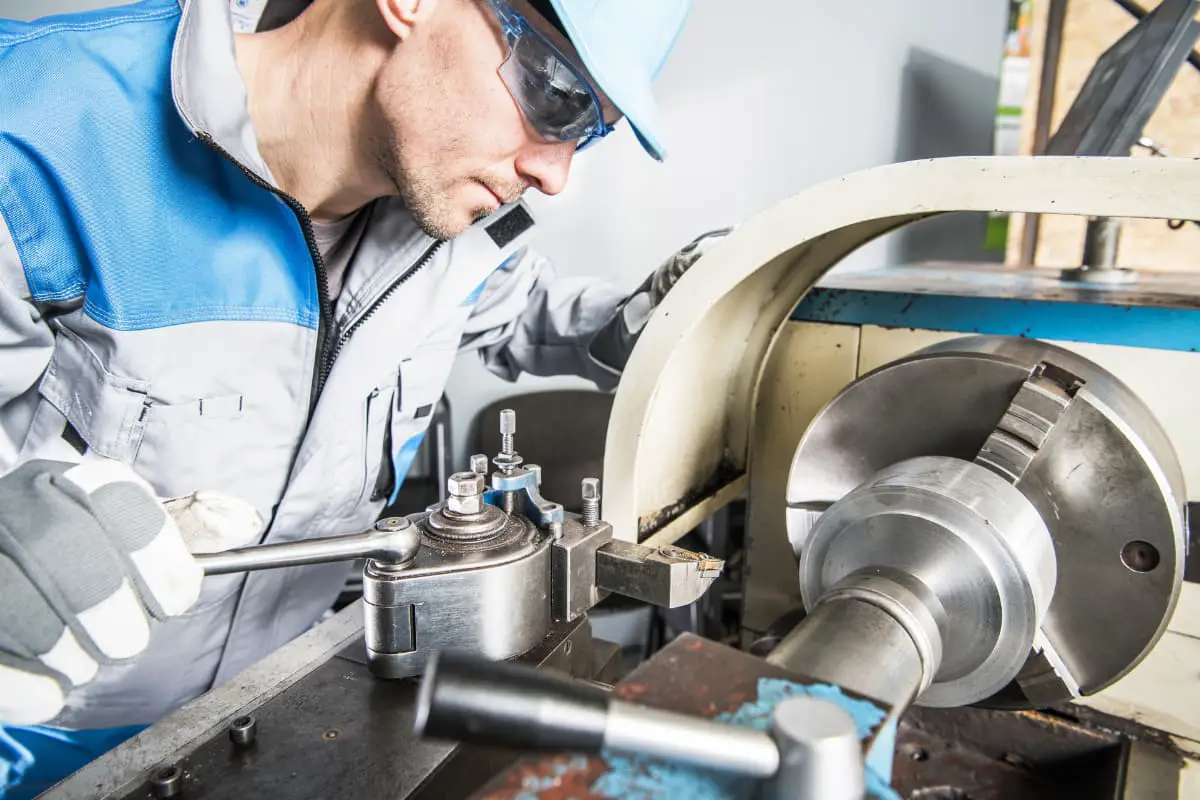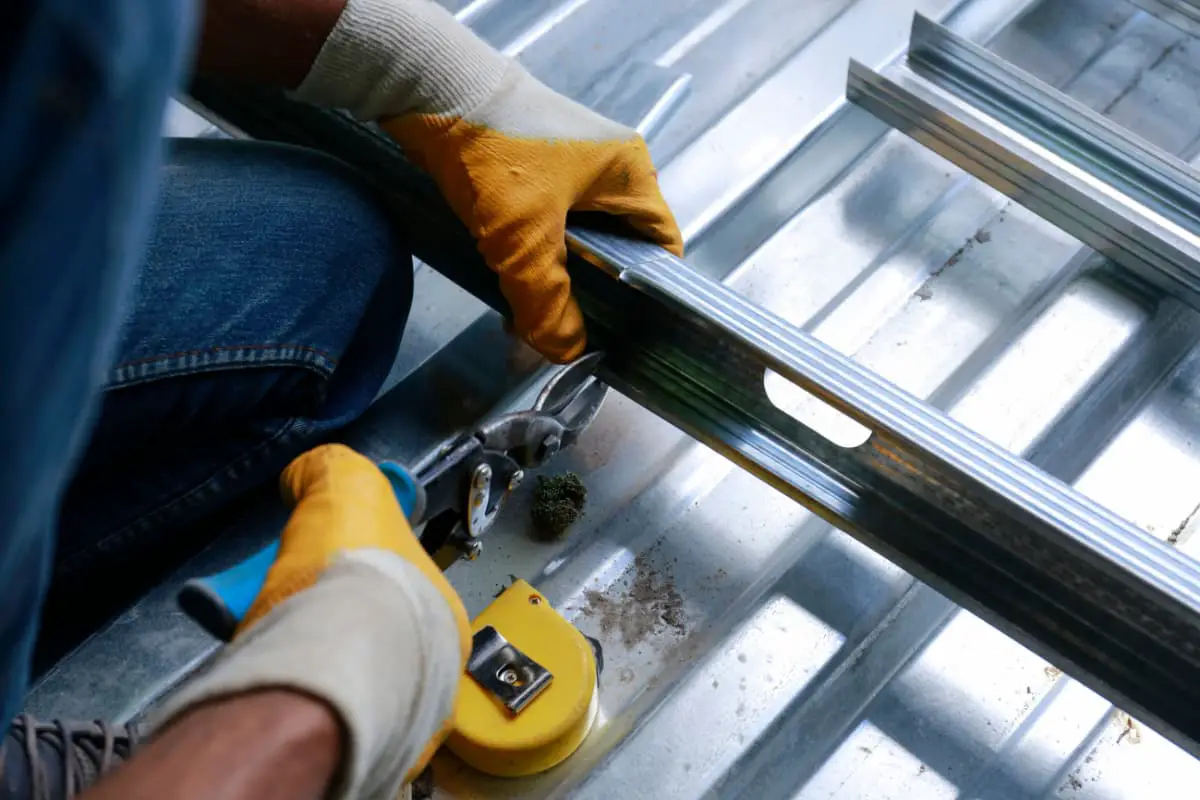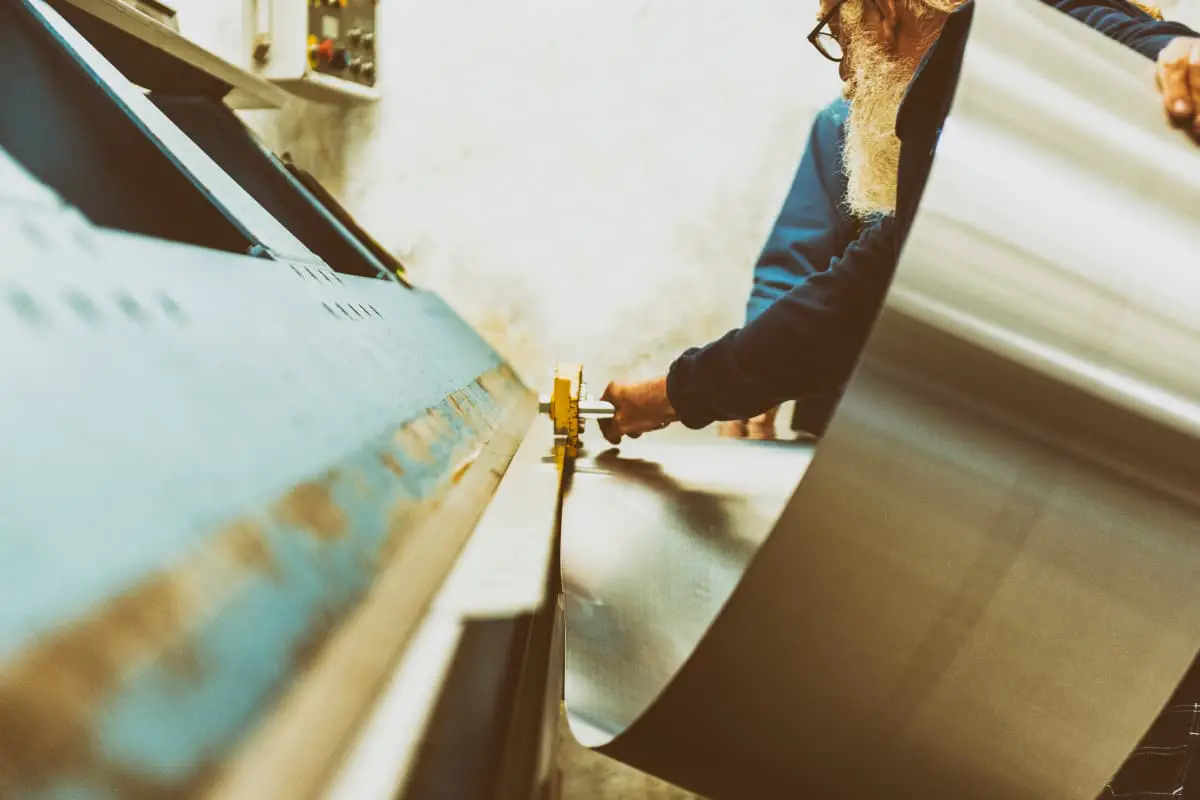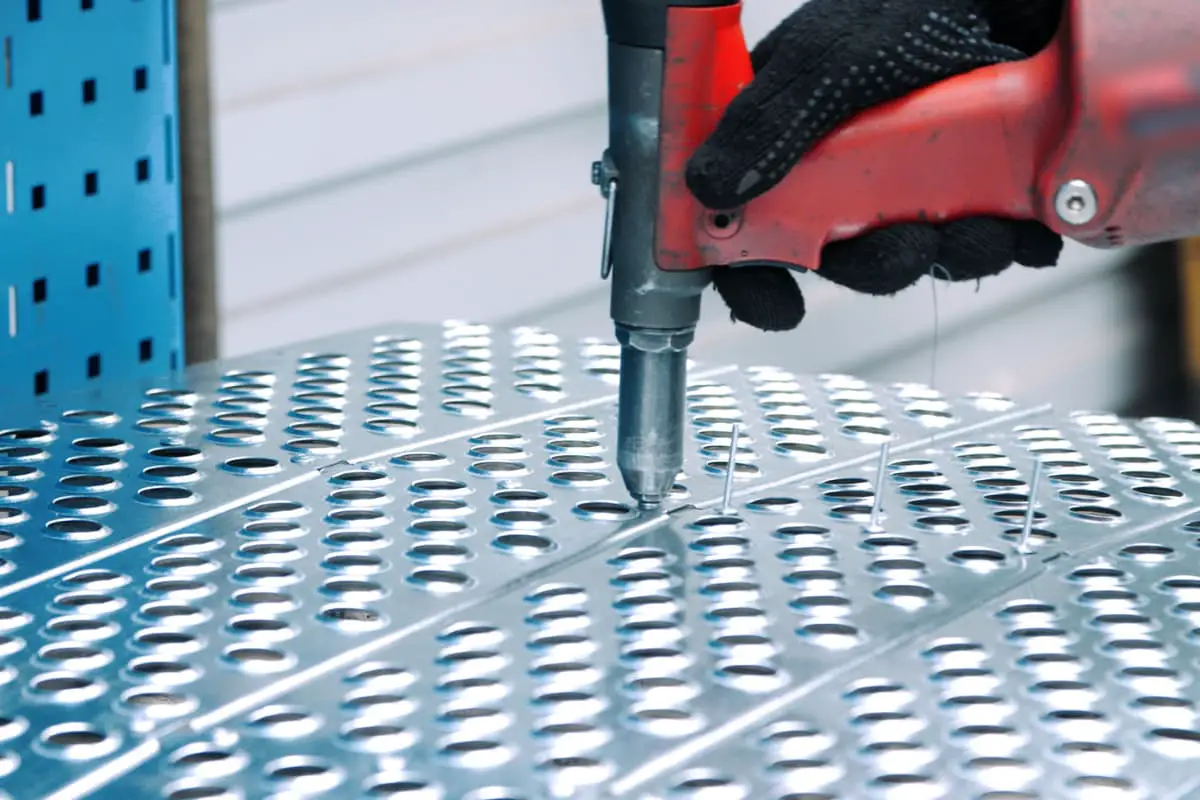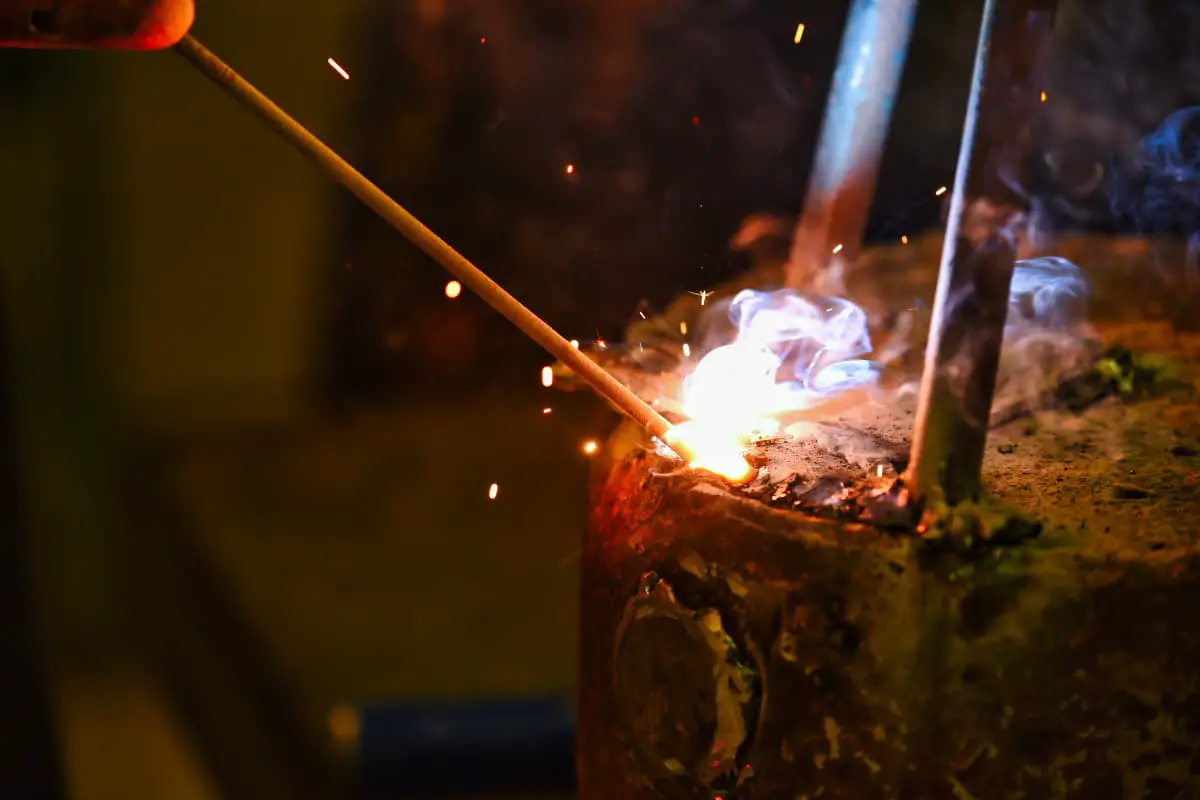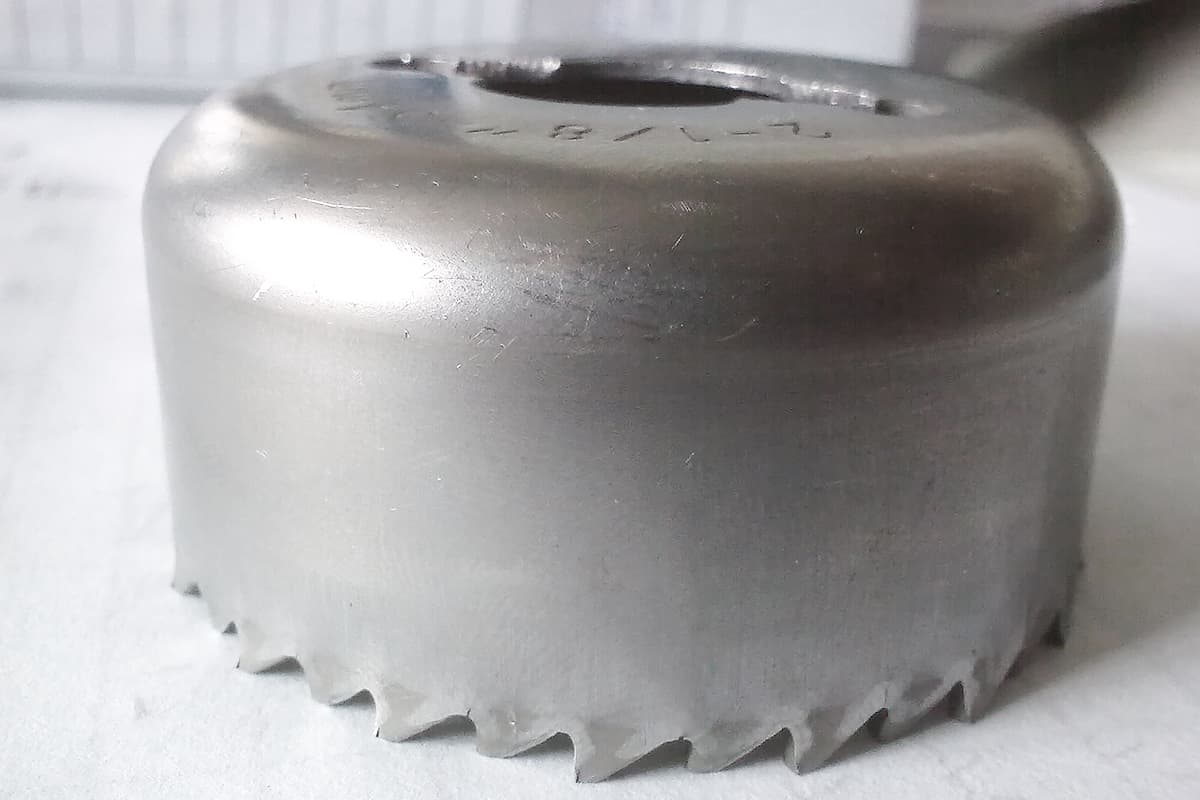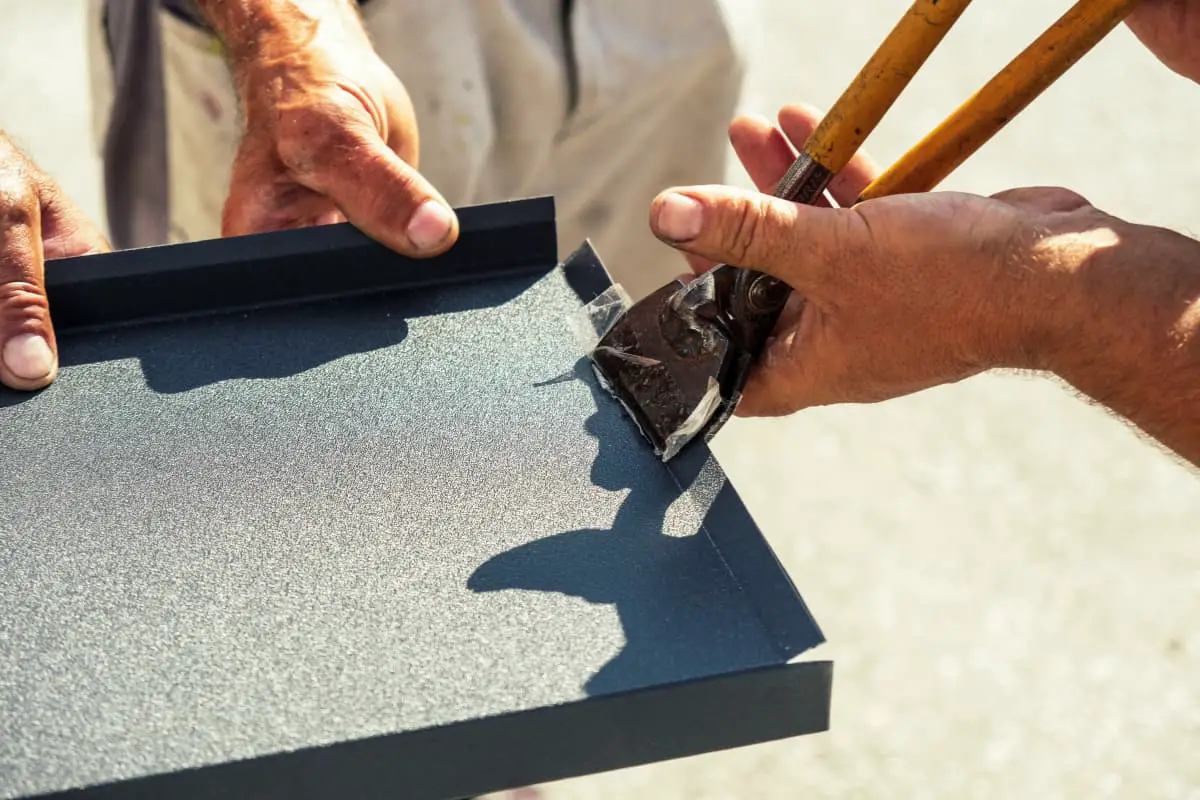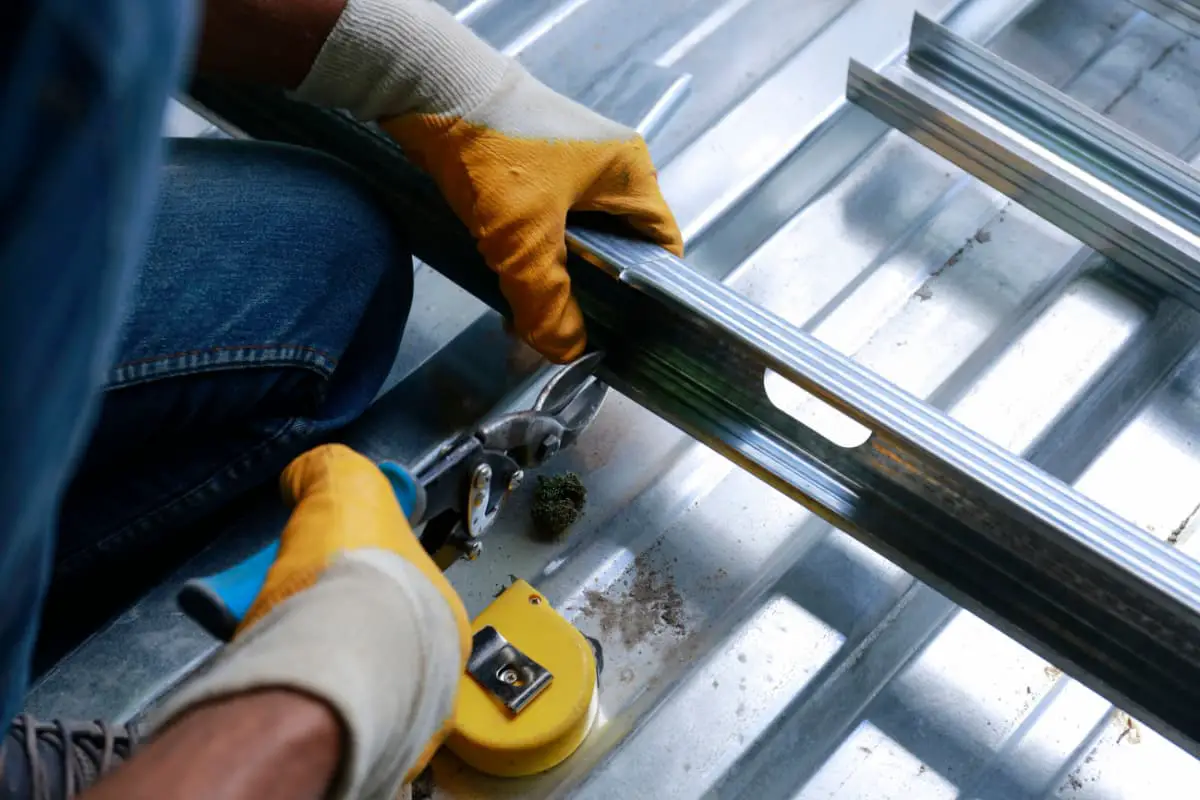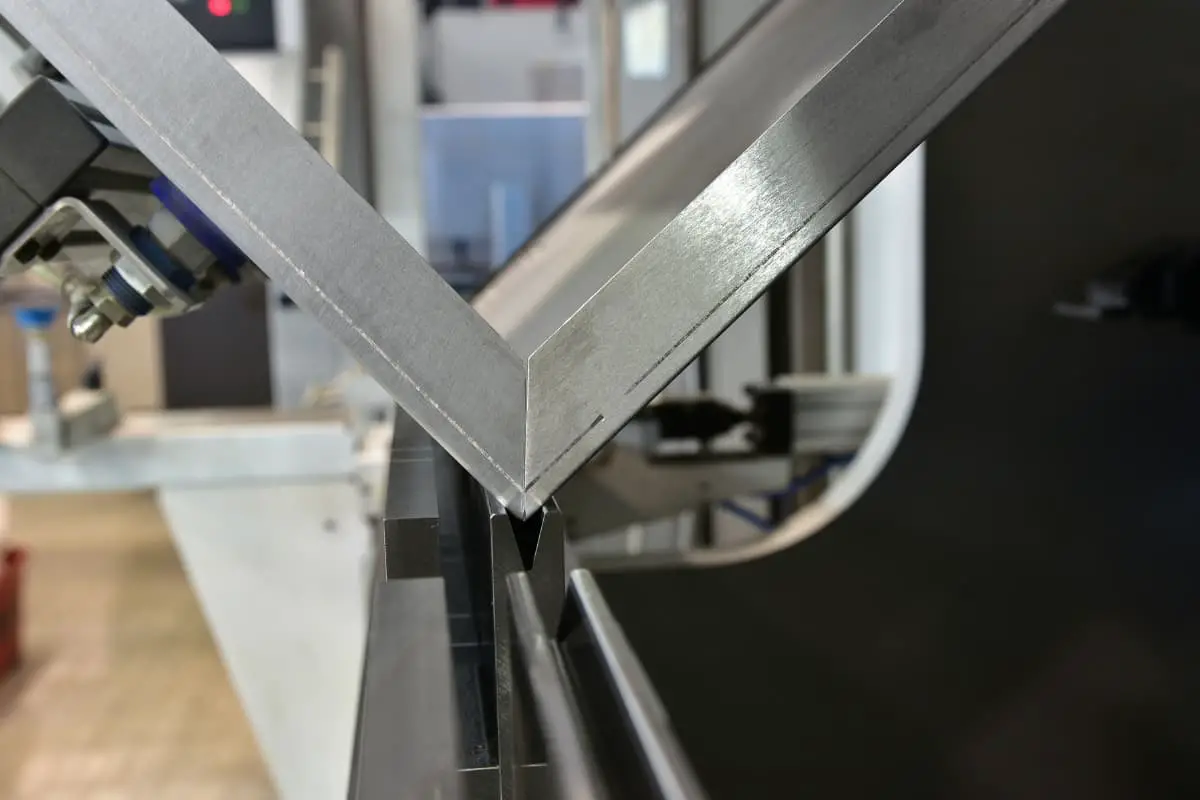
I. Safety Operating Procedures for Horizontal Lathes
1) Must follow the general safety procedures for machine tool operators. Before work, check if all electrical facilities, handles, transmission parts, protective devices, and limit devices of the machine are complete and reliable.
2) Wear proper work clothes when cutting, female workers should wear work caps, and gloves are prohibited when operating the machine. Wear safety goggles during high-speed cutting.
3) Do not place tools, measuring instruments, fixtures, or other items on the headstock, guide rail surface, or carriage surface.
4) When installing the lathe tool, the clamping force should be appropriate, and damaged tool holder screws should be replaced promptly.
5) When installing or removing the chuck and large workpieces or fixtures, place a wooden board on the bed surface. Do not start the machine to install or remove the chuck. Remove the wrench immediately after installing or removing workpieces, and do not use hands to brake the chuck.
6) Workpieces must be securely clamped. Use extended sleeves when clamping, and do not strike with objects. Damaged chucks or chuck jaws must not be used.
7) When clamping heavy and long workpieces, drill center holes and support with tailstock centers. Use auxiliary supports when necessary. When using plate-type clamping devices, ensure secure clamping and proper counterbalancing.
8) The part of the workpiece extending beyond the chuck jaws should not be too long. Use tailstock centers, steady rests (or follower rests) appropriately for machining long, slender workpieces. For workpieces extending beyond the rear of the spindle, use supporting brackets and install protective railings with clear warning signs.
9) When using steady rests or follower rests, properly adjust the center and ensure good lubrication on the supporting contact surface.
10) When clamping workpieces with significant eccentricity, add counterweights to the chuck or faceplate (or fixture) to maintain rotational balance. Tighten the chuck jaws and all bolts. During turning, the speed should not be too high, and pay attention to prevent vibration.
11) When the workpiece diameter exceeds the chuck diameter, place barriers or clear markings in the danger zone.
12) When cutting off small diameter materials, do not catch them by hand. For large diameter materials, leave sufficient allowance and break off after removal to prevent injury and machine damage.
13) When filing workpieces on the lathe, the file must have a handle. Hold the file with the right hand in front and left hand behind, keep the body away from the chuck. The workpiece rotation speed should not be too high for filing. Do not wrap sandpaper directly around the workpiece for polishing; instead, wrap it around a long board-like object and press it against the workpiece, similar to filing.
14) Do not use files to chamfer when boring. When polishing internal holes with sandpaper, do not insert fingers or arms into the hole.
15) Use specialized tools for tapping or threading. When using manual tapping or threading tools, do not start the machine.
16) When turning brittle metals (copper, aluminum, cast iron, etc.), prevent flying chips from causing injury. Operators must wear safety goggles and install protective barriers in the direction of chip ejection.
17) When turning heavy workpieces, use tailstock support. Do not loosen the tailstock while the lathe is running. Continuously observe the tightness of the tailstock during operation.
18) During machining, strictly prohibit touching or wiping tools, moving parts, or workpieces with hands or cotton rags. Use a chip hook to regularly clean chips wrapped around workpieces or chucks (fixtures). Do not pick up chips by hand or blow them with mouth to prevent personal injury.
19) During cutting, if the operator is too close to the machining area, take appropriate protective measures. For high-speed cutting, determine the cutting speed based on the workpiece material and diameter.
20) Do not pass objects over the workpiece or machine while it is running.
21) During operation, do not step on the lathe’s oil pan, three-rod system, or guide rail surface. Do not use feet instead of hands to operate handles.
22) After work, move the feed control handle and starting lever to the neutral position, cut off the power supply, and tidy up the workplace.
II. Safety Operating Procedures for Vertical Lathes
1) Vertical lathe operators must follow the general safety procedures for lathe operators. Non-operators are prohibited from operating the machine.
2) When loading or unloading large or heavy workpieces and fixtures, closely coordinate with the crane operator and hook worker. Do not allow multiple people to direct the lifting simultaneously.
3) Before the workpiece is securely clamped, only jog the machine to align the workpiece. Pay attention to maintaining a safe distance between people and rotating objects.
4) Strictly prohibit standing on the rotating worktable to adjust the machine or operate buttons.
5) Securely fasten fixtures, workpieces, and tools. Accessories such as jacks, inclined pads, and spacer blocks should also be fixed properly and checked regularly to prevent loosening.
6) Use wrenches that match the nuts or bolts. Apply appropriate force when tightening screws (bolts, nuts) to prevent slipping. Replace damaged fasteners promptly.
7) When workpieces are too long or large, extending beyond the chuck, appropriate safety measures must be taken to avoid collisions with columns or crossbeams. Clear markings should be placed around the machine.
8) Tool setting must be done at low speed. For large workpieces, jog rotate for one revolution and observe before tool setting. When the tool tip is 20-50mm from the workpiece, stop power feed and switch to manual feed for tool setting.
9) During cutting, the spindle must not stop rotating before the tool has retracted from the workpiece.
10) When machining asymmetrical (unbalanced) parts, add counterweights to maintain chuck rotation balance.
11) When operating on the platform of a large vertical lathe, do not lean towards the rotating workpiece.
12) Maintain a safe distance when observing the cutting process, especially noting the rotational changes of large, asymmetrical workpieces.
13) For large workpieces requiring shift work, ensure proper handover between shifts.
14) After work, cut off the power supply and tidy up the operating area.
III. Safety Operating Procedures for Grinding Machines
1) Grinding machines should have designated personnel responsible for regular inspections to ensure normal operation.
2) Wear protective clothing and safety goggles before operation to prevent injury from flying metal chips and abrasive particles during grinding. Gloves are strictly prohibited when using grinding machines. Do not wear slippers or sandals. Fasten sleeve cuffs and hems of protective clothing. Do not change clothes near running grinding machines to prevent entanglement injuries.
3) Select grinding wheels that match the spindle speed of the grinding machine according to the wheel’s instructions. Do not use wheels with unsuitable quality, hardness, grit size, external dimensions, or visible cracks.
4) When installing grinding wheels, use flanges on both sides with diameters not less than 1/3 of the wheel diameter. Place gaskets between the wheel and flanges. Use appropriate wrenches to tighten the lock nut with suitable force. Never use hammering methods to tighten, as it may cause wheel breakage.
5) Install the tool rest with a gap no greater than 3mm from the wheel’s working surface. Adjust before grinding, and securely fasten after meeting requirements.
6) Before starting the grinding machine, check if the guard and all parts are normal, ensure no foreign objects between the wheel and guard, and manually rotate or jog the wheel to check for smooth rotation. Only start the machine after confirming no issues.
7) After starting the grinding machine, let it run idle for 2-3 minutes. Use the machine only after it runs normally and the dust collection system is activated. The maximum speed of the grinding machine must not exceed the wheel’s specified safe linear speed.
8) When using the grinding machine, operators should stand to the side of the machine. Do not grind facing the wheel’s rotation direction to prevent accidents in case of wheel breakage.
9) Do not apply excessive force or impact the wheel when grinding workpieces or tools. Two people are prohibited from using the same wheel simultaneously.
10) Large, oversized, or overweight workpieces should not be ground directly on the grinding machine to prevent unstable handling accidents. Secure small, hard-to-grip pieces with tools before grinding to prevent them from getting caught between the wheel and guard or between the wheel and tool rest, potentially breaking the wheel.
11) Wheels for grinding cutting tools should not be used to grind other workpieces or materials.
12) Keep grinding wheels dry at all times. Do not allow water contact to prevent imbalance and accidents due to moisture absorption.
13) When grooves appear on the wheel surface or radial runout becomes excessive, use a wheel dresser to reshape the wheel before further use. Replace the wheel when it wears down to less than 10mm from the flange edge.
14) Do not use grinding machines with severe wear due to long-term use, causing excessive radial runout or vibration in the motor bearings. Do not start the machine if the grinding wheel shaft is loose or the installation does not meet safety requirements.
15) After using the grinding machine, immediately cut off the power supply and shut down the dust collection system. Do not let the grinding machine run idle without supervision.

